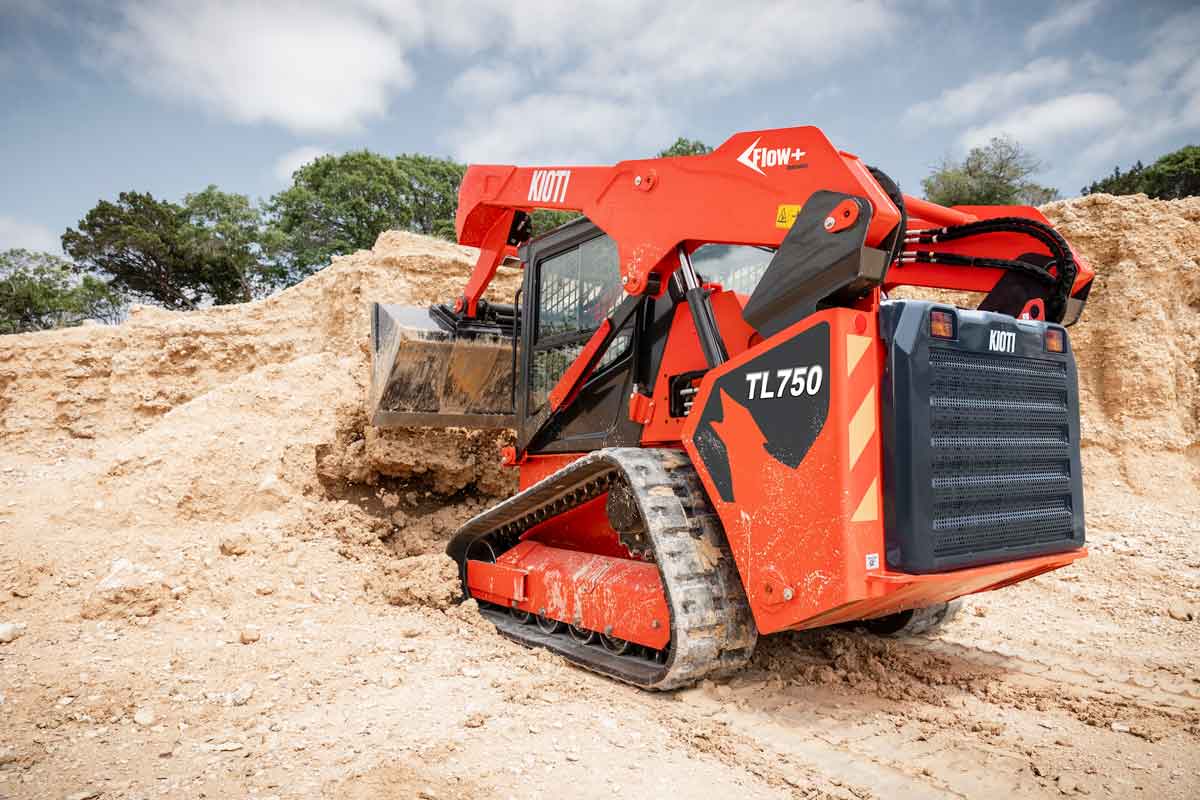Use your Skid Steer’s Hydraulic System to Operate Hand Tools
Hydraulic hand tools are an important staple on nearly every job. Whether you’re compacting soil, jack-hammering concrete or repairing utility lines — you never quite know what you or your crew will need to get the job done. When contractors are trying to make every dollar count and every purchase has to pay off, the interchangeability of hydraulic hand tools isn’t a luxury, it’s a necessity.
One of the biggest drawbacks of adopting hydraulic hand tools has always been dragging around and fueling hydraulic power units. When you’re investing thousands of dollars in the tools you need to do your work, it can feel more than a little excessive to stare down the barrel of another significant investment just to make them run.
Many contractors are harnessing the hydraulic power of their skid steers and backhoes to power their hydraulic hand tools. The biggest advantage of auxiliary hydraulic handheld kits is that it turns your tool carrier into a full-service workstation. You’ve eliminated the need to purchase a hydraulic power unit or converter, and since you’re most likely already bringing your unit on site, it’s one less piece of equipment that needs to be accounted for. Many standalone hydraulic power units max out at 8 to 10 gpm, while skid steer auxiliary kits can output up to around 15 gpm and backhoe kits in the low to mid-30s.
A feature of auxiliary hydraulic handheld kits that is very beneficial is a variable flow rate selector. Instead of relying on complicated in-line flow reducers or multiple hydraulic power units, auxiliary hydraulic handheld kits provide multiple flow settings to ensure that tools are run at the optimum rate. In addition, most systems have an adjustable relief to custom tailor the system to the work tools even further. Therefore using the auxiliary hydraulic handheld kit affords you with more versatility in the attachments you can run. More importantly, the variable flows provided by auxiliary hydraulic handheld kits protect both the skid steer and handheld tools by limiting flows and pressures to ensure that the hydraulic system stays within optimum range while you work.

This 25-ft dual line hydraulics hose reel with quick-disconnect couplers allows the operator to extend the reach for hand tools when running off the auxiliary hydraulics of a skid steer or backhoe loader.
There are many hydraulic hand tools available. These include varieties of saws, drills, hammers, cutters, grinders, pumps, breakers, wrenches, diggers, pullers, augers, crimpers and even jaws of life. But what if a contractor also has a mix of air tools? Air compressors powered by the tractor’s hydraulics are available to run those as well. For electrical needs, tool carriers equipped with auxiliary hydraulic kits become a portable power station with use of a hydraulic generator. These generators do have higher flow requirements though. Skid steer auxiliary hydraulics can handle generators that put out up to around 12 kW. If more than 12 kW are required, backhoe auxiliary kits are strong enough to run generators that output over twice as much.
Of course, there are some limitations to powering hand tools with a skid steer. Chief among these limitations is whether or not the skid steer will have access to the worksite. Hydraulic hose reels extend the carrier’s reach to overcome some location obstacles. But in some instances, a gas powered hydraulic power unit is good to have on hand. It’s unlikely that an auxiliary hydraulic handheld kit is the best solution for you if you spend the bulk of your time doing concrete demolition on the upper floors of buildings or skyscrapers.
Adam Runner is the special projects manager at Coneqtec Corp., based in Wichita, Kan.




